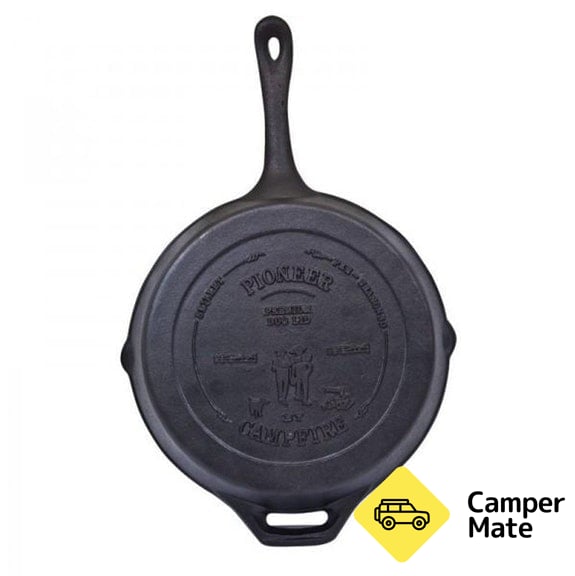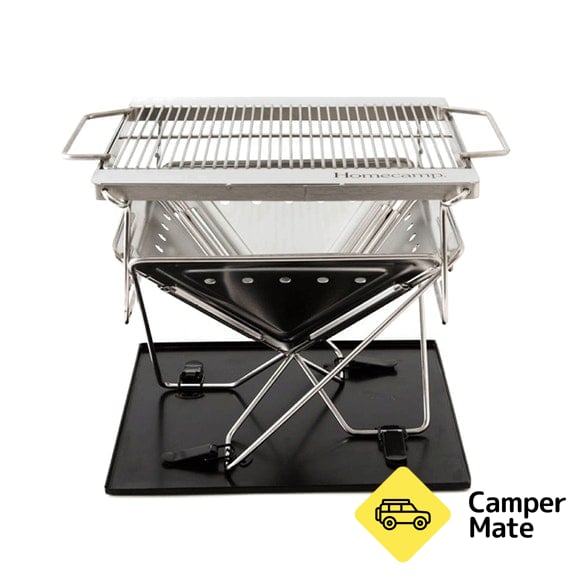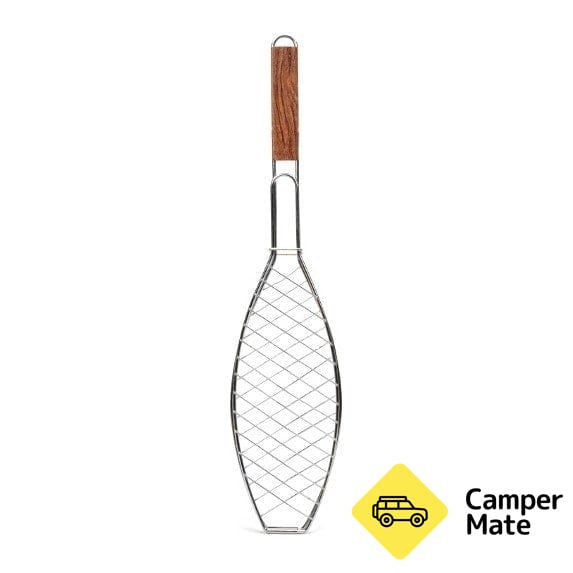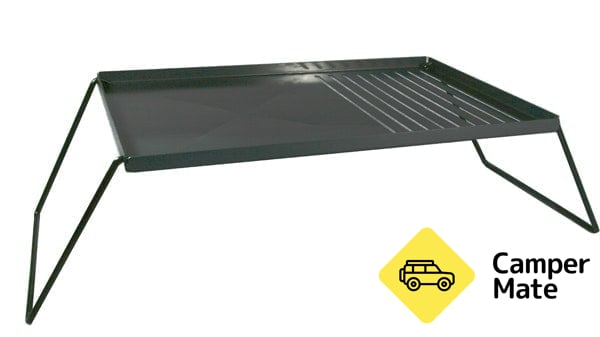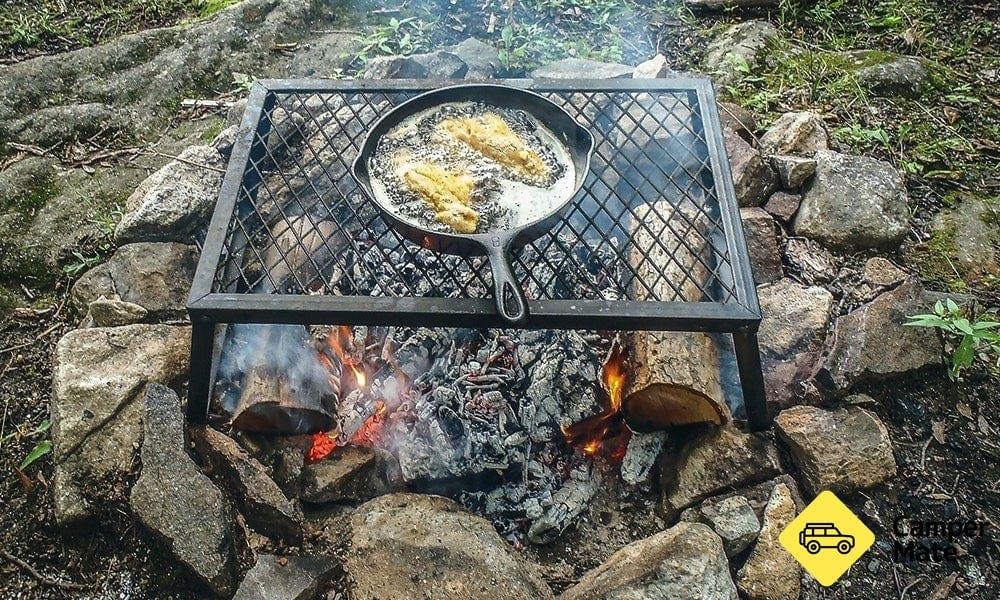
Advice
How to Cook Fish on a Campfire
November 11, 2018 • suzanne
8 min read
Catching and cleaning a fish for supper is almost as satisfying as finishing a game of Solitaire. But if you drop the ball in the cooking department, that’s a lot of hard yakka down the drain.
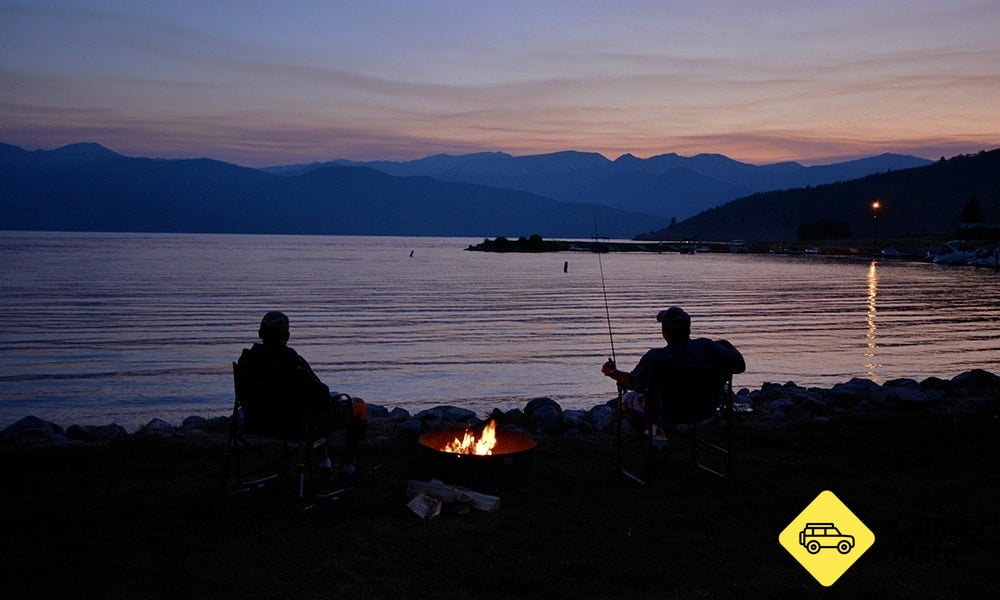
“There’s nothing quite like tucking into a plate of sashimi while sitting around a campfire” is not a thing people say. Or maybe they do, and if you’re one of them, don’t let us rain on your parade. Now we think about it – a hot summer day, cold sake, a squeeze of lemon – raw fish and nature could indeed be a very refreshing and tasty combination.
But that’s not why we’re here. We’re also not here to tell you how to catch and clean a fish, but we will congratulate you on getting that far on your own – those are the difficult/squirmy parts after all!
So let’s say your hunter-gatherer skills are slightly more advanced than your cheffing skills. Or maybe you stopped by the local fishmonger on the way to the campground. We're not judging. Either way, the fire’s been burning for a solid hour, the coals are glowing and tums are growling. Now what?
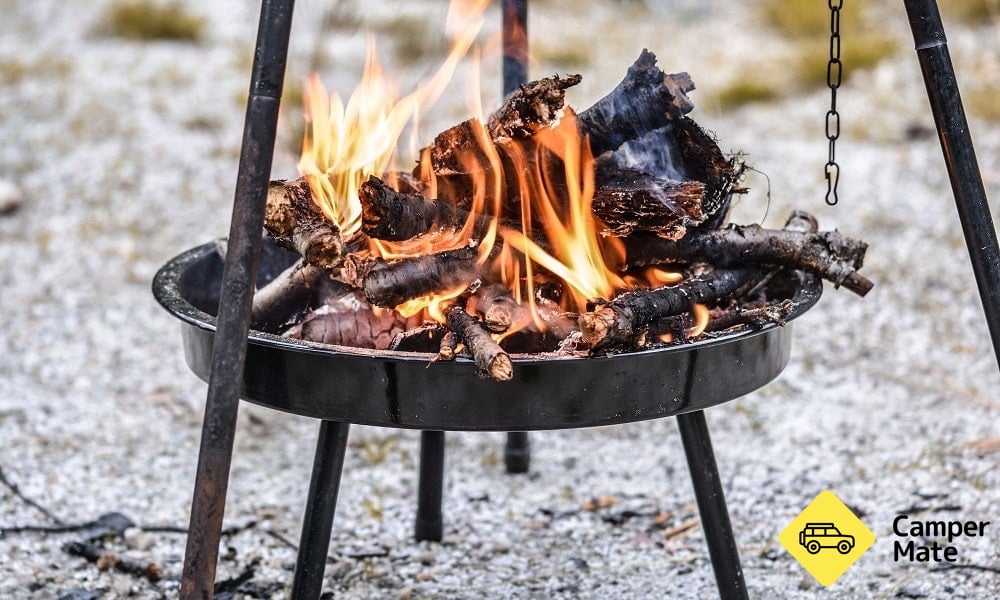
Let the fire burn down so you're cooking with hot coals and low flame
When you’re in full survival mode…
If for whatever reason you’ve found yourself in the bush with a fish, a flint and a multi-tool, the only other ingredients you need to make dinner are some nice, straight, foraged sticks.
How to cook fish on a stick
Bushcraft methodologies can be interpreted in any number of ways, but the basic concept for cooking fish on a stick is pretty much always the same: you’ll be threading the fish onto skewers crosswise, and fashioning a tripod or ‘A’ frame that will allow you to lean your skewered fish over the campfire, like a spit. You could of course just jam the fish on any old stick, any old way, and hold it over the fire like a marshmallow, but that ain’t gonna impress anybody.
For skewering purposes, you’ll need one long stick – say at least one to two metres – to run through the length of the fish and sit on the tripod. You’ll also need two to four short skewers of around 20cm which will run crosswise, preventing it from flopping around while turning. Make sure you remove the bark, plane the sticks smooth and sharpen the ends with a knife for easy piercing.
Some folks send the long skewer through the fish from the tail and out the mouth, keeping the fish more or less whole. Others like to butterfly the filleted fish and cook it splayed out, using a long split stick as a ‘clamp’ running down the fish’s spine, with a few short skewers threaded along the width of the fish like a rack. Your approach will likely be determined by the size of the fish, how you’ve prepared it, and how handy/patient you are in the whittling department!
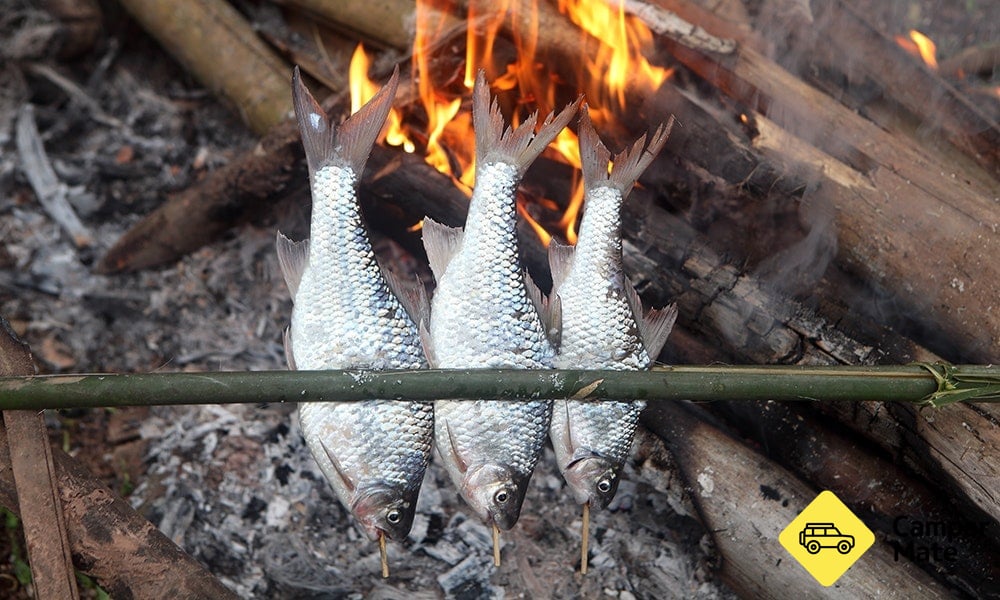
A split stick can be used to clamp the fish.
When skewering, pierce the meatiest parts of the fish. Don’t go too close to the edges or the fish may tear and you’ll lose chunks of dinner to the fire. You’ll want well-spaced skewers for the same reason.
When it’s time to cook, you can establish the best distance from the campfire by feel. If you can’t hold your hand there for more than a second or two the fish will be close enough to cook through. Remember, you don’t want naked fish to come into contact with a naked flame. Keep an eye on it, turning intermittently, and when it’s ready, remove the skewers and tuck in.
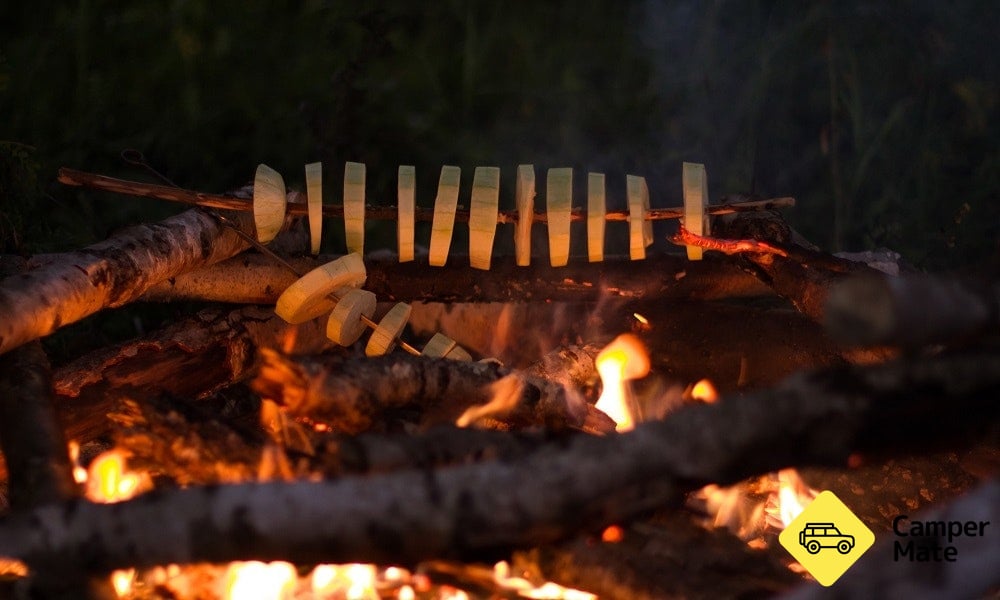
No bites? You can still practice your skewering skills on some veg.
When you’ve forgotten everything but the al foil…
If you’ve got a fish, foil and fire, you’ve got all the makings of a delicious dinner. Cooking fish in foil replicates a little steam oven, making it a fairly healthy method and a great solution if you’re handling delicate fillets. Fish can be cooked in foil whole or filleted.
How to cook fish in foil
Tear off enough foil to wrap around your fish twice and roll the ends over a couple of times. Creating a foil ‘tent’ with the opening at the top will make checking on your fish a bit easier, and a double layer will safeguard against accidental tears in the fire.
Butter, oil, herbs, garlic, slices of lemon, chilli – any aromatics really – are all good things to add to your foil pouch before sealing it up. Make sure you seal it tight so that you trap all those juices and flavours from the seasonings while stopping the fish from drying out.
If you’ve got a grill over the flame you can cook your fish parcel that way, but red hot coals are more than adequate – just make sure the flames have died right down. Pile some coals on top of the parcel to distribute heat and hasten the cooking process. Check it after a few minutes on one side and flip the parcel if need be. Fish is generally ready to eat when the flesh is firm, flaky and slightly glossy.
Try banana leaves, large slabs of moss or strips of paper bark for the survivor version of parcelled fish.
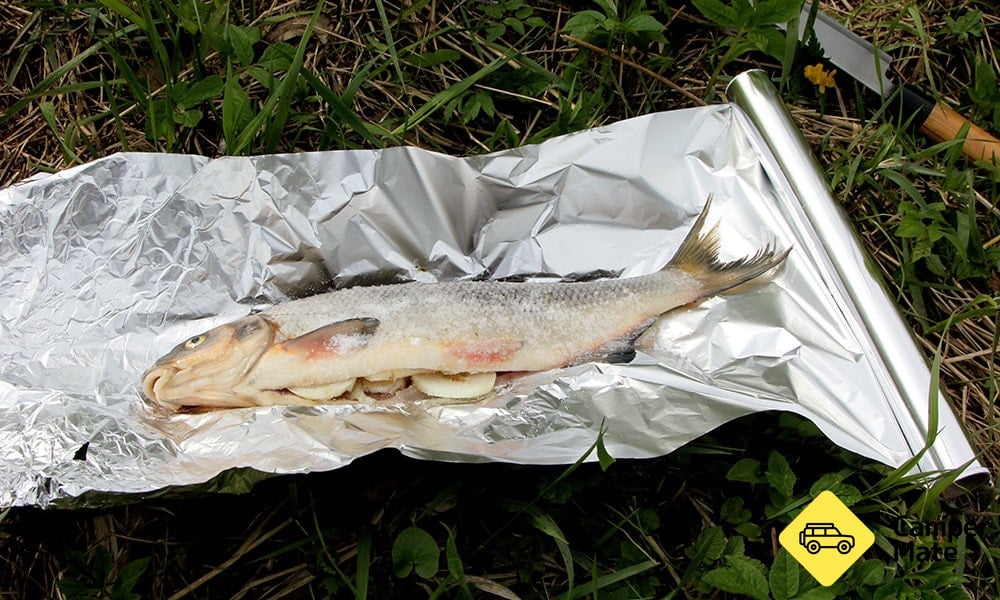
Go heavy on the salt for crispy skin.
When you’re a glampy camper
When you live for a kit and never leave home without the kitchen sink, there are countless ways for you to fry up a fish over a campfire. That said, the most effective tools for the job are not necessarily the most sophisticated, and you honestly don’t need much more than a campfire grill or a cast iron pan. You will, of course, need some oil or butter (or better still, an indulgent, flavourful mix of both) to prevent it sticking.
With this method, there’s nothing to stop you flouring, crumbling or even battering your fish and shallow frying it in a centimetre or so of vegetable oil to produce a crunchy, golden coating.
Get your oiled pan hot on the coals, being careful not to let butter burn (if using), and bung your fish in. It’s best not to try and turn fillets until they’ve been on the heat for a few minutes just in case the pan is prone to sticking. The fish will release from the pan more easily once it’s properly cooked and taking on a golden colour. Flip, wait, check for correct colour/flakiness with a fork, and dig in!
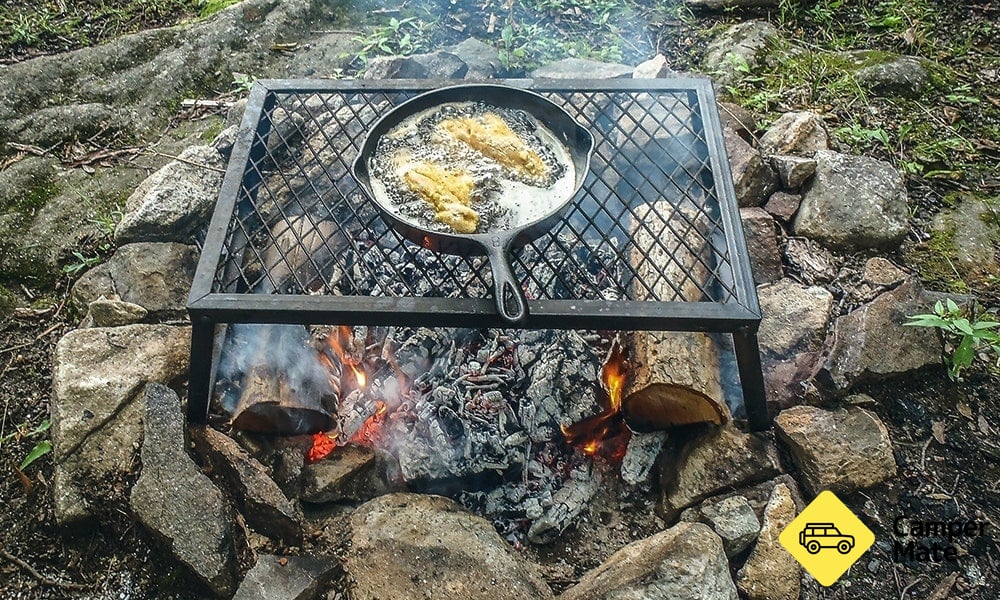
Make a basic tempura batter with flour, an egg and soda water.
Quick tips for cooking fish in the wild
- Keep the skin on during cooking. The skin helps to preserve the fish's natural oils while also holding the fish flakes together. The skin is also easier to remove once cooked.
- Establish the fire for at least 30 minutes so you’ve got hot coals and low or no flames. If you stick a fish on naked leaping flame you’ll get char on the outside and sashimi in the middle.
- Infuse flavour into the fish by scoring slits in the skin side about 5 to 10mm deep, and stuffing with aromatics like fennel leaves and lemon zest. For whole fish, stuff the cavity with aromatics and secure with a couple of short skewers.
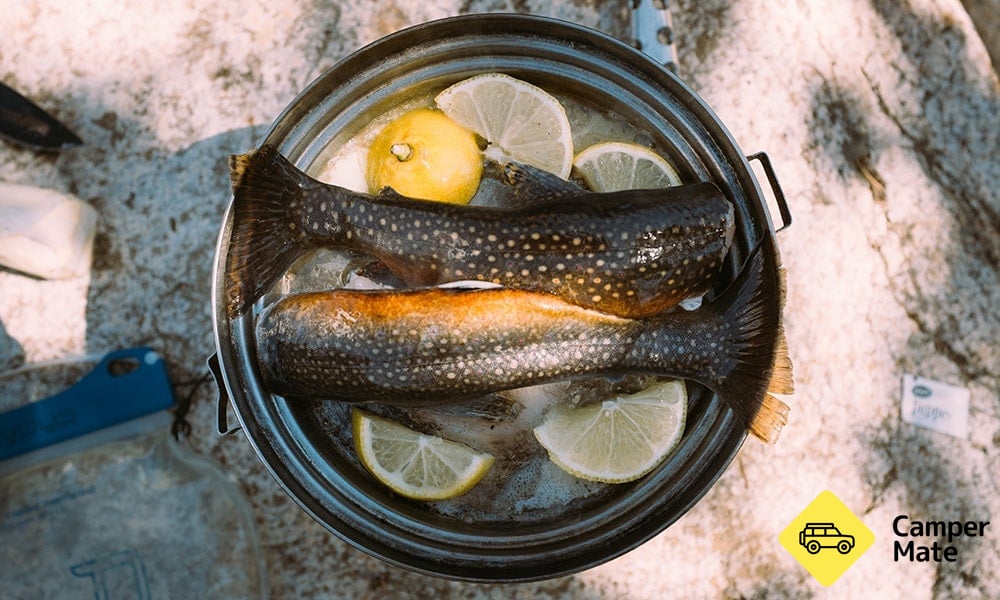
Read More: Camp Cooking 101: your recipe for success
Campfires not permitted? Have a look at our camp stoves for sale.
How long does it take to cook fish on a campfire?
While it depends on species, thickness and how it’s been prepared, generally speaking, fish doesn’t take more than a few minutes each side to cook. Some methods, such as cooking on a stick or in a pan, make it easier to poke a fork in and have a look.
Eyeballing the process is a bit more difficult when your fish is wrapped up in foil, so you’ll have to open the pouch and check it after no more than five minutes. Remember, the fish will keep cooking in foil after you take it off the heat, so removing it when it’s slightly under and giving it a couple of minutes to rest should finish it off nicely.
Perfectly cooked fish tends to flake easily and fall away from the bones. The flesh will have lost its translucency but should appear shiny and have a firm texture.
The biggest danger with cooking fish is, of course, overcooking it and drying it out. Cooking fish on a campfire, where you’ve got little control over the temperature of the pan and coals, tends to amplify the challenge. But with experience comes intuition – which we’d argue is your most valuable tool in the kitchen, whatever it is you’re cooking – so our best advice is to get out there and start practising!
